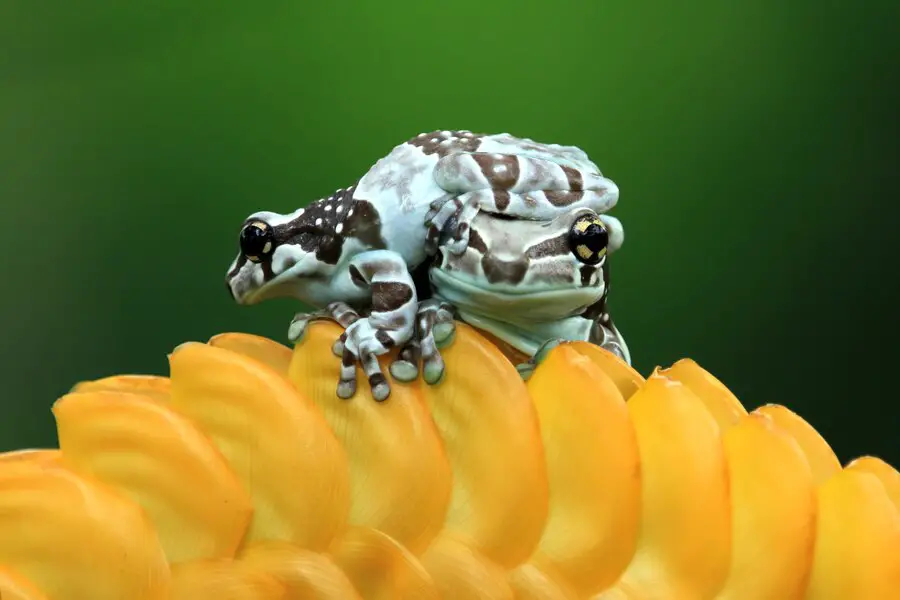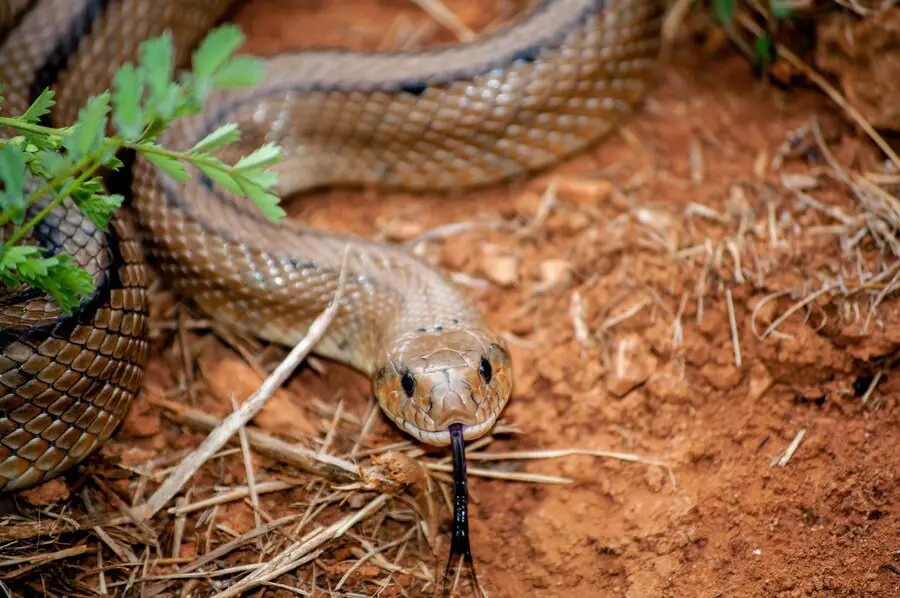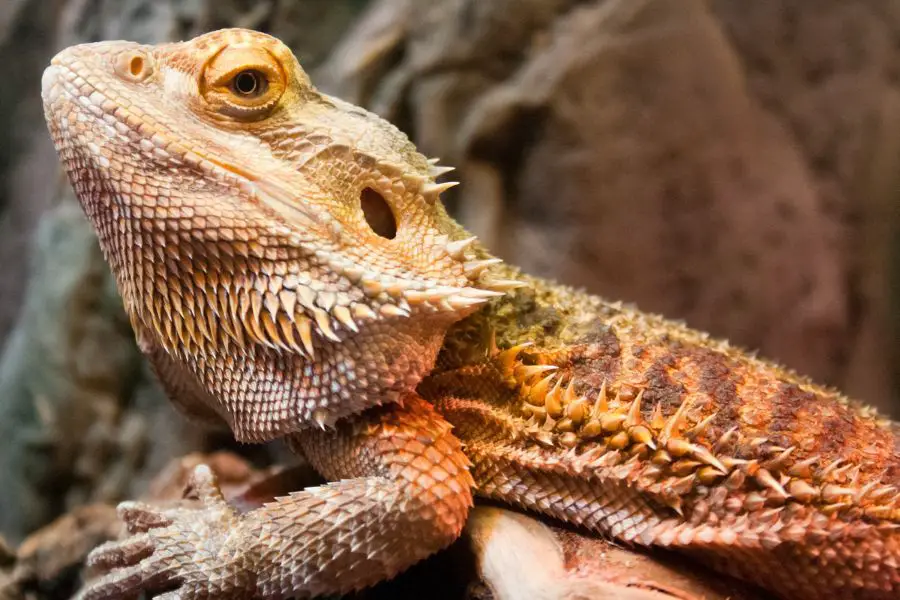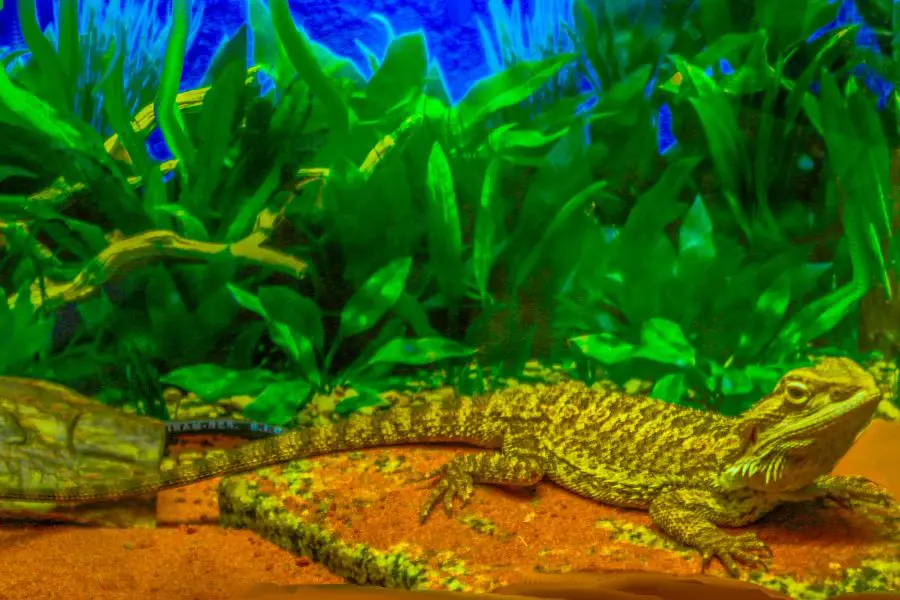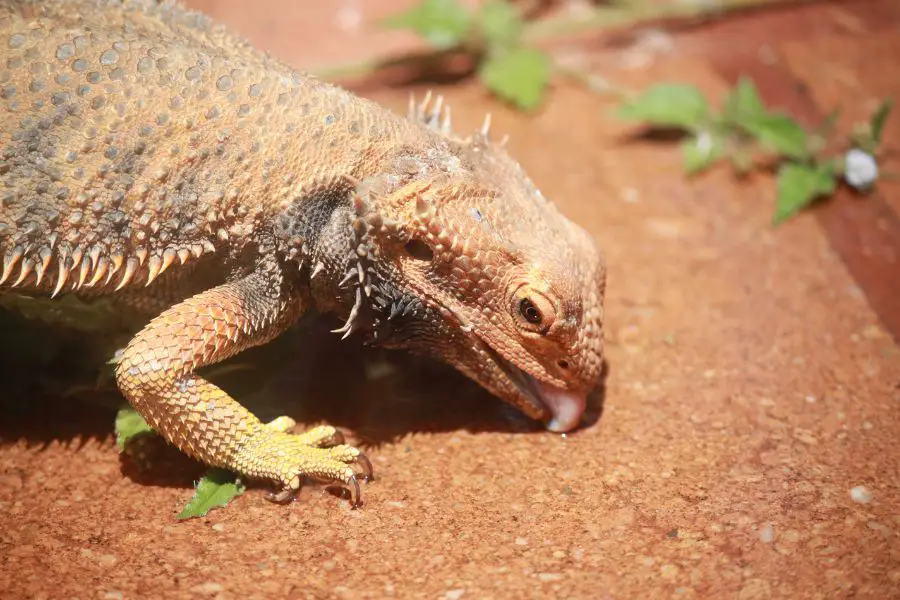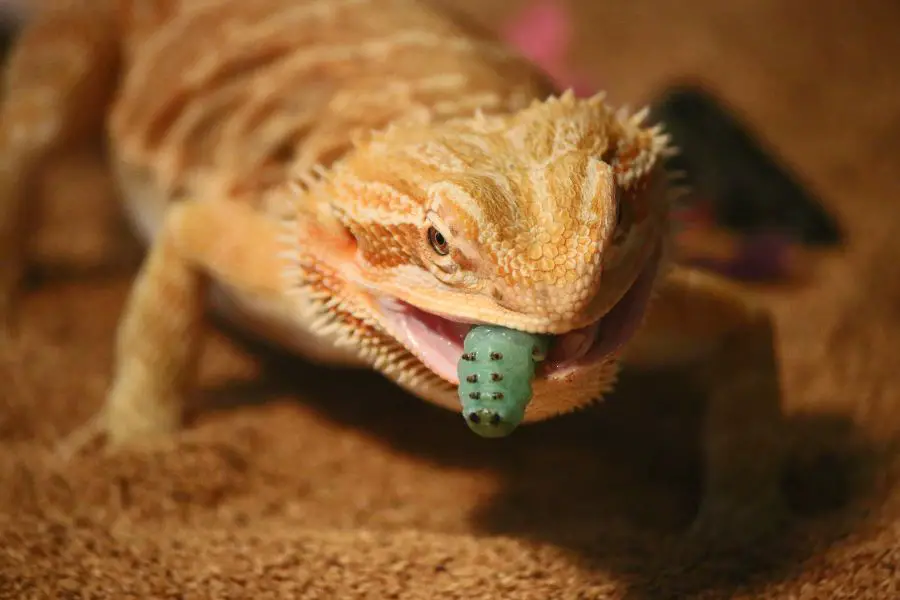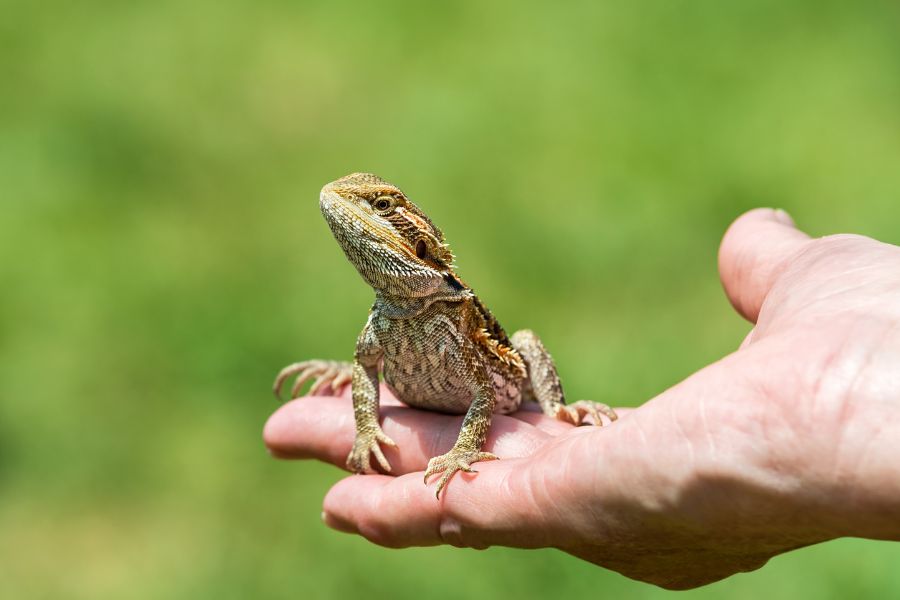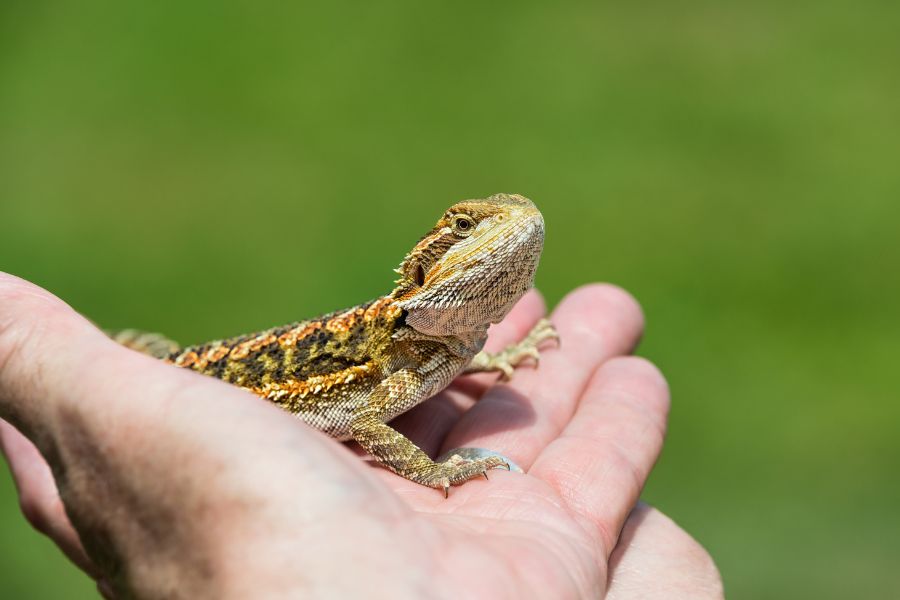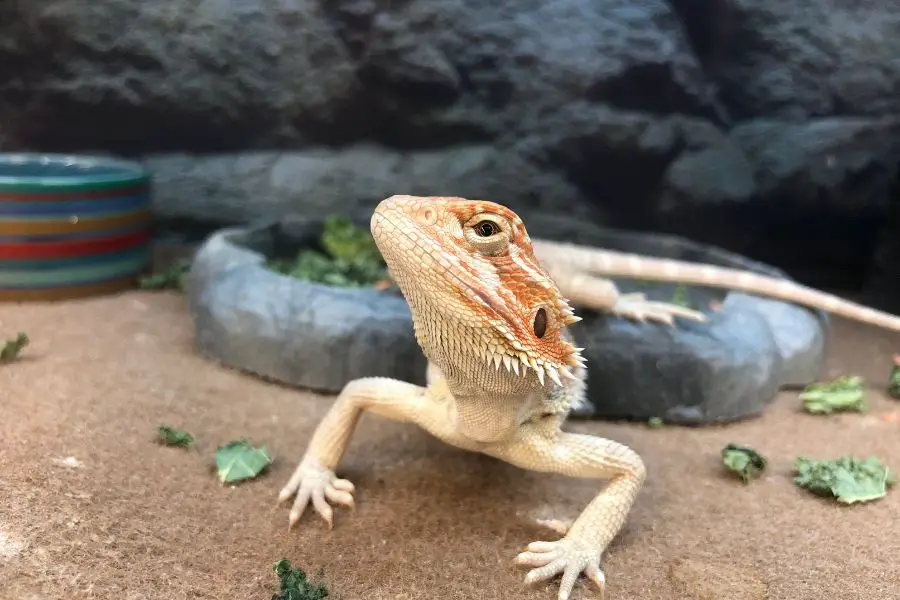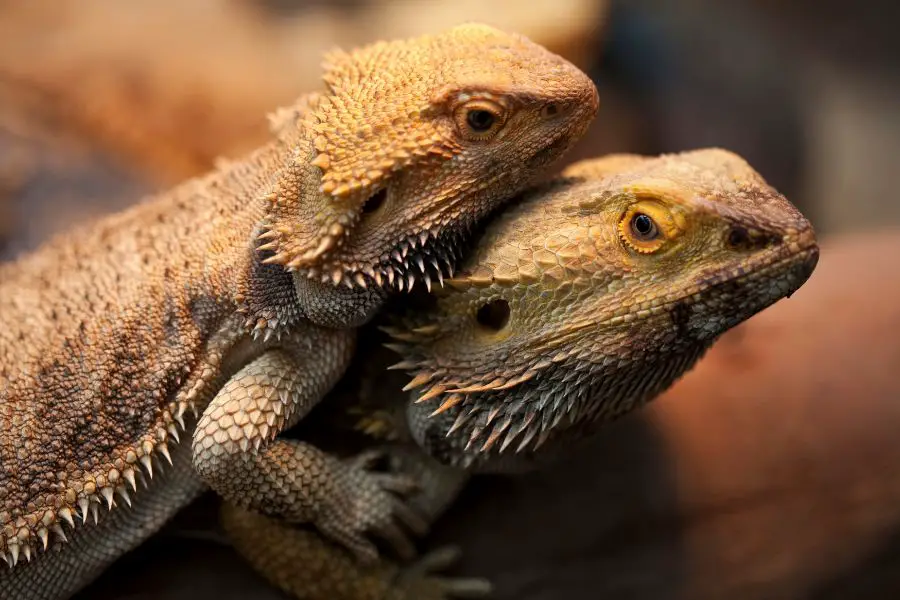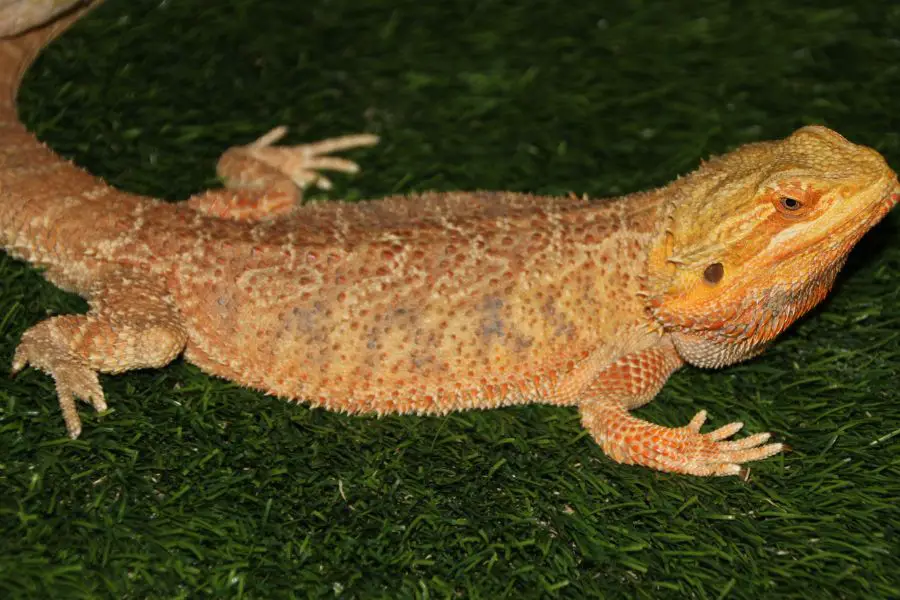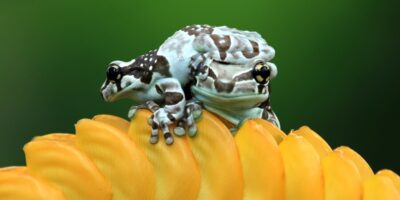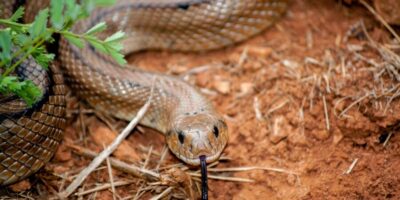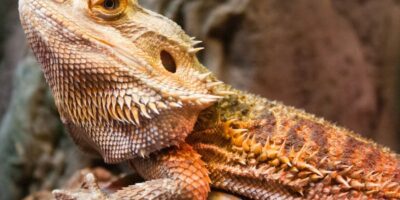In the captivating world of bearded dragon companionship, the enigmatic behavior of these reptiles fixating their gaze on their owners sparks both intrigue and concern. This unique conduct hints at the remarkable bond between bearded dragons and their human caregivers, underscoring the depth of their social interactions.
As these scaly companions lock eyes with their owners, a mixture of curiosity and unease often arises, prompting questions about the nature of this behavior. In this exploration, we unravel the mystery behind why bearded dragons engage in such prolonged stares, shedding light on the fascinating dynamics that define their connection with those who provide them care and companionship.
Communication In Reptiles
Communication in reptiles is a nuanced realm, relying heavily on non-verbal cues. Body language and visual signals play a pivotal role in conveying messages among these creatures. In the reptilian world, eye contact holds particular significance. Prolonged gazes often convey dominance, submission, or recognition.
Bearded dragons, with their social tendencies, utilize eye contact to express a range of emotions and establish connections. Understanding the subtleties of reptilian communication enhances our comprehension of their behaviors, fostering a deeper connection with these captivating creatures. As caretakers, recognizing the importance of visual cues and eye contact enriches our ability to engage with and understand the intricate social dynamics of our reptilian companions.
Social Dynamics Of Bearded Dragons
In their native habitats, bearded dragons exhibit a primarily solitary lifestyle, yet display social behaviors during mating and territorial encounters. These reptiles establish hierarchies and engage in intricate rituals. In captivity, bonding with human caregivers manifests through positive behavior.
Bearded dragons may display affectionate gestures, seek physical contact, and show signs of trust. Their recognition of individual caregivers and mirroring of human emotions showcase a surprising depth of social adaptation. Understanding their natural tendencies and acknowledging the unique bonds formed in captivity enriches the experience of caring for these captivating reptilian companions.
Curiosity And Recognition
The bearded dragon’s propensity to stare captivates owners, prompting speculation about motives such as curiosity or recognition. The notion that these reptiles may fixate out of curiosity is supported by their naturally inquisitive nature, often observed during exploration or interaction.
Recognition is another plausible explanation, suggesting that bearded dragons can distinguish familiar faces. Anecdotes abound, with owners reporting instances where dragons appear to acknowledge them through prolonged stares. Some describe dragons following their movement or responding to their presence.
These experiences offer insights into the complexity of reptilian behavior, hinting at the potential for a deep, albeit unconventional, form of recognition and communication between bearded dragons
Environmental Factors
Bearded dragons, highly attuned to their surroundings, often exhibit heightened attention in response to changes in the environment or the appearance of their owners. Environmental factors, such as alterations in lighting, temperature, or the introduction of new objects, can pique their curiosity and trigger focused observation.
The bearded dragon’s acute visual senses enable them to detect even subtle shifts in their surroundings. Additionally, alterations in the owner’s appearance, such as changes in clothing or the introduction of accessories, can similarly capture their attention. This behavior may stem from their instinct to remain vigilant in the face of potential threats or changes in their habitat.
Understanding how environmental factors influence their attention provides valuable insights into the adaptive nature of bearded dragons and underscores the need for a stable and enriched environment to ensure their well-being.
Environmental Enrichment
Environmental enrichment is paramount in maintaining the well-being of bearded dragons, offering physical and mental stimulation crucial for their health. A rich and diverse environment encourages natural behaviors, preventing boredom and promoting overall vitality. Incorporating elements like climbing structures, hiding spots, and varied textures stimulates physical activity, preventing lethargy.
The rotation of decor and introduction of novel items engage their curious nature, fostering cognitive stimulation. This proactive approach to environmental enrichment not only ensures the physical health of bearded dragons but also contributes to their emotional and psychological welfare, creating a thriving and contented reptilian environment.
Medical Considerations
While the captivating behavior of bearded dragons staring at their owners is often benign, it’s crucial to acknowledge a potential link between unusual or persistent staring and underlying health issues. Prolonged fixation may indicate stress, discomfort, or even vision problems. Bearded dragons can be prone to metabolic bone disease, respiratory issues, or parasites, all of which might manifest through altered behaviors.
Regular veterinary check-ups are paramount for identifying and addressing health concerns promptly. A veterinarian can assess the overall health, provide necessary treatments, and offer guidance on behavioral nuances. Monitoring and understanding any changes in behavior, including staring, underscores responsible ownership, ensuring the well-being of these delightful reptiles. Regular veterinary care, coupled with attentive observation, forms the foundation for a proactive approach to their health and happiness.
Conclusion
In conclusion, our exploration into the enigmatic behavior of bearded dragons staring at their owners has shed light on various aspects of reptilian communication and social dynamics. While the curiosity and concern surrounding this behavior are natural, it is crucial to remember that, in most cases, staring is a normal and benign expression. Understanding the significance of visual cues and the social nature of bearded dragons fosters a deeper bond between these scaly companions and their human caregivers.
By recapping the key points discussed, we hope to reassure owners, encouraging them to appreciate the intricacies of reptilian behavior and, in turn, strengthen the unique connection they share with their bearded dragon companions.
